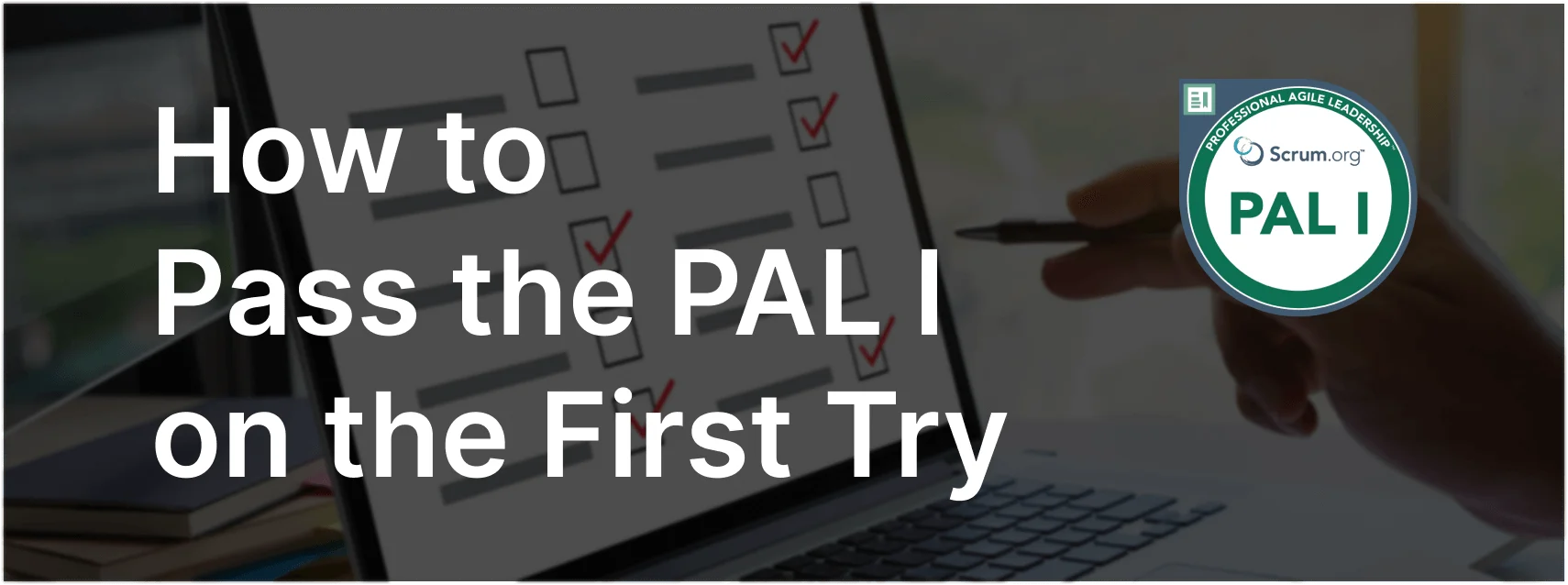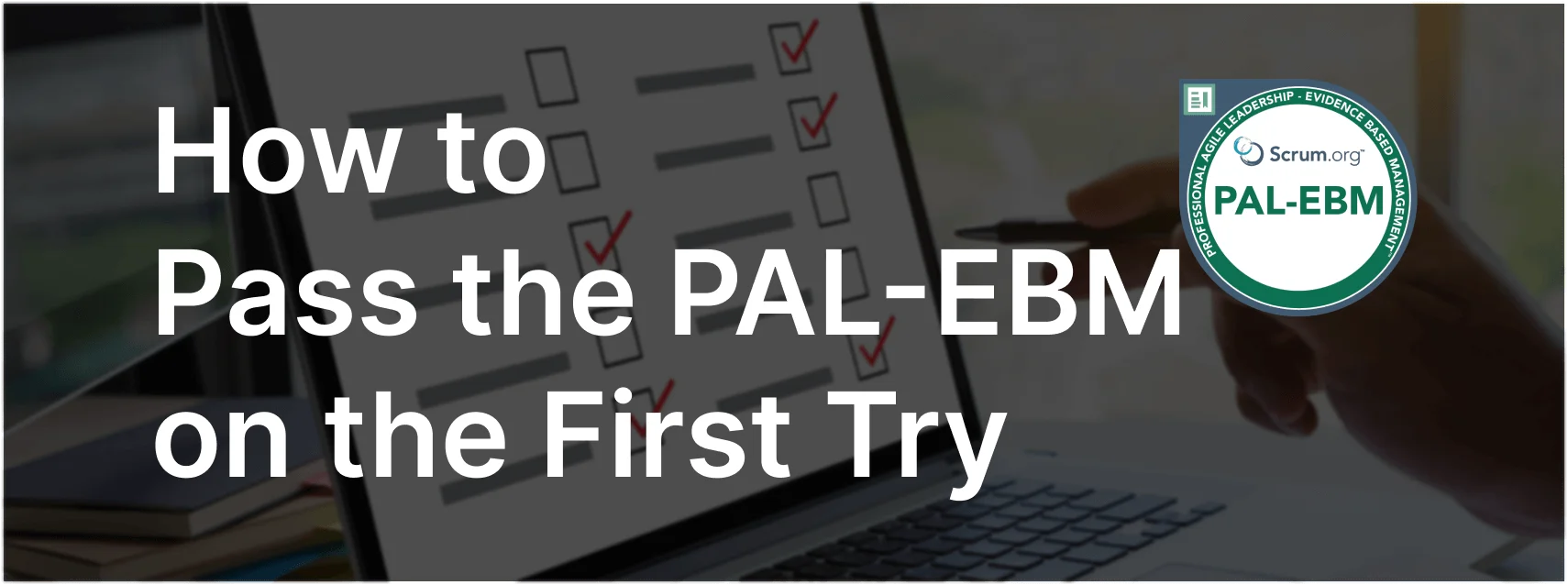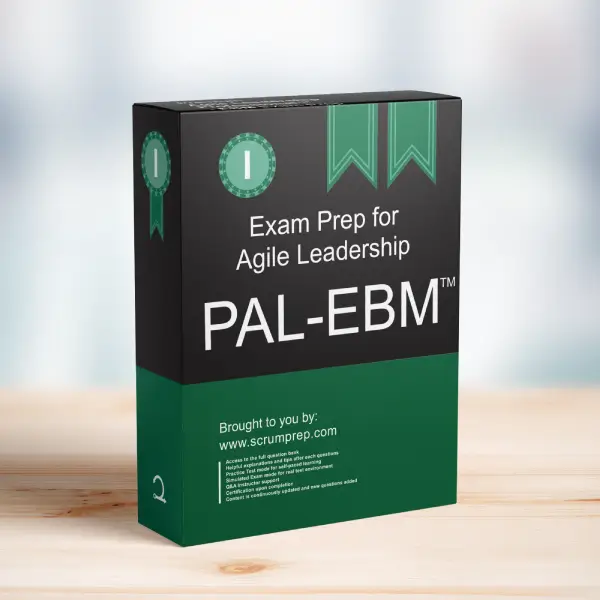Understanding the Freedom of Self-Managing Teams
Self-managing teams are a cornerstone of Agile approaches, empowering teams to make decisions on how they work. This article explores whether a self-managing team has complete freedom to decide how it works.
Exam Question
True or False: A self-managing team has complete freedom to decide how it works.
A. True
B. False
Correct Answer
B. False
Explanation
Correct Answer
B. False:
While self-managing teams have significant autonomy in deciding how they work, their freedom is not absolute. They operate within the framework and guidelines set by the organization and must align with the overall goals, constraints, and values of the company. Additionally, they need to adhere to the Scrum framework (if they are using Scrum) or other Agile frameworks they are operating within.
Scope of Autonomy for Self-Managing Teams
Work Processes: Teams can determine their processes, tools, and techniques for getting work done.
Task Allocation: They decide how to allocate tasks among team members based on skills and availability.
Problem Solving: The team collaborates to solve problems and remove impediments within their control.
Decision Making: They make decisions on how to best achieve their goals and deliver value.
Boundaries and Constraints
Organizational Goals: Teams must align their work with the broader goals and objectives of the organization.
Framework Compliance: If following Scrum or another Agile framework, they need to adhere to its rules and events.
Stakeholder Needs: Teams must consider and incorporate feedback from stakeholders and customers.
Regulatory and Compliance: They need to operate within regulatory and compliance requirements relevant to their industry.
Agile Leadership Insights
- Empowerment with Boundaries: Agile leaders should empower teams to make decisions while ensuring they understand the boundaries within which they operate.
- Alignment with Goals: Ensure that teams’ work aligns with the strategic goals of the organization.
- Support and Guidance: Provide support and guidance to help teams navigate constraints and make effective decisions.
Relevance to the PAL I Exam
Understanding the balance between autonomy and constraints for self-managing teams is crucial for the PAL I exam. This knowledge demonstrates the ability to lead Agile teams effectively by empowering them while ensuring alignment with organizational goals and frameworks.
Key Takeaways
- Self-managing teams have significant autonomy but do not have complete freedom.
- They must align their work with organizational goals, frameworks, and stakeholder needs.
- Agile leaders should empower teams within the boundaries of their operating environment.
Conclusion
A self-managing team does not have complete freedom to decide how it works. While they enjoy significant autonomy, they must operate within the constraints of organizational goals, frameworks, and stakeholder needs. For more information on preparing for the PAL I exam, visit our Professional Agile Leadership PAL I™ Exam Prep.





